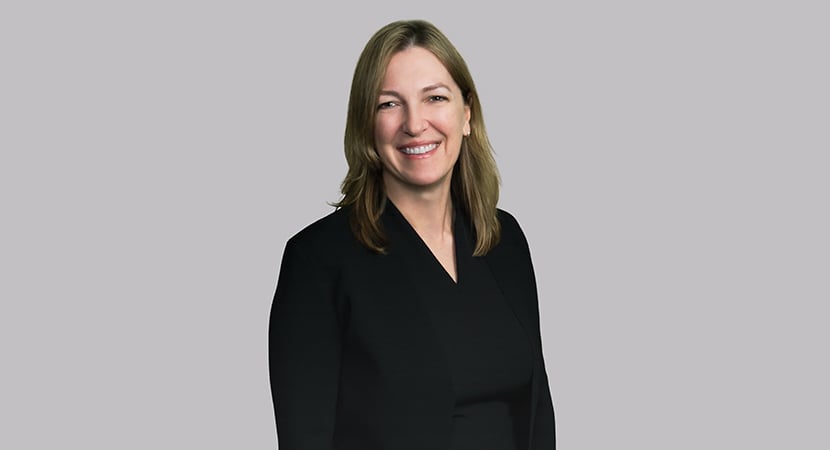The United States Supreme Court heard oral argument October 15, 2014, in Teva Pharm. USA, Inc. v. Sandoz, Inc., No. 13-854. (The transcript and audio recording are available here.) The question before the Court in this case is whether the Federal Circuit should give Rule 52 deference to a district court's claim construction determination or if it may continue - as it has for nearly 20 years - to review both the legal and factual determinations involved in claim construction de novo.
Through lively debate, the Court conveyed a number of concerns. Justice Sotomayor scrutinized the issue by asking: "If [Teva] and the government can't agree [on the meaning of a claim term], why should we defer to a district court? Why don't we defer, as has been done now forever, to the Federal Circuit and let them review things de novo?" Similarly, Chief Justice Roberts seemed concerned that deference to district courts could lead to inconsistent claim constructions from different district courts construing the same patent terms. He further noted that "the difference between questions of law and fact has not always been an easy one for the Court to draw."
A different approach to the issue was posed by Justice Alito, who asked whether a patent is better analogized to a statute, so that de novo review would apply, or to a contract, so that Rule 52 deference would apply. Justice Alito stated that "it all turns on" what a patent is analogized to. Justice Kagan rejected the analogy to statutes, stating that "there might be very different kinds of factual determinations that are relevant to patentability than are relevant to interpretation of a statute," and that "different people's view of what facts on the ground are" may matter.
Justice Breyer was clear that, in his view, factual matters in claim construction should be treated as they are in every other case. He was not persuaded that "patents are somehow different" and that some facts should get treated differently than other facts. Along these lines, Justice Breyer stated that he was "nervous" to "start carving out one aspect of the patent litigation, namely the construction, and say that fact matters underlying that . . . are for the court on review to decide, but in all other matters, they're really clear error." Likewise, Justice Kagan stated that "Rule 52(a) sets out the very blanket rule" and doesn't make exceptions. "[The Rule] just says what it says, that these are matters for the trial court."
The Federal Circuit reviews claim construction rulings de novo, without regard to what the district court has done. This leads to many patent cases getting reversed by the Federal Circuit - a fact noted by Justice Breyer.
The Court's resolution of this case will have broad ramifications in patent law. It addresses the standard of appellate review - that is, how much flexibility the Federal Circuit has in substituting their independent determinations for those of district court judges.
The Court is expected to rule by the end of June.
This client alert is a publication of Loeb & Loeb LLP and is intended to provide information on recent legal developments. This client alert does not create or continue an attorney client relationship nor should it be construed as legal advice or an opinion on specific situations.
)
